Category: Node.js
-
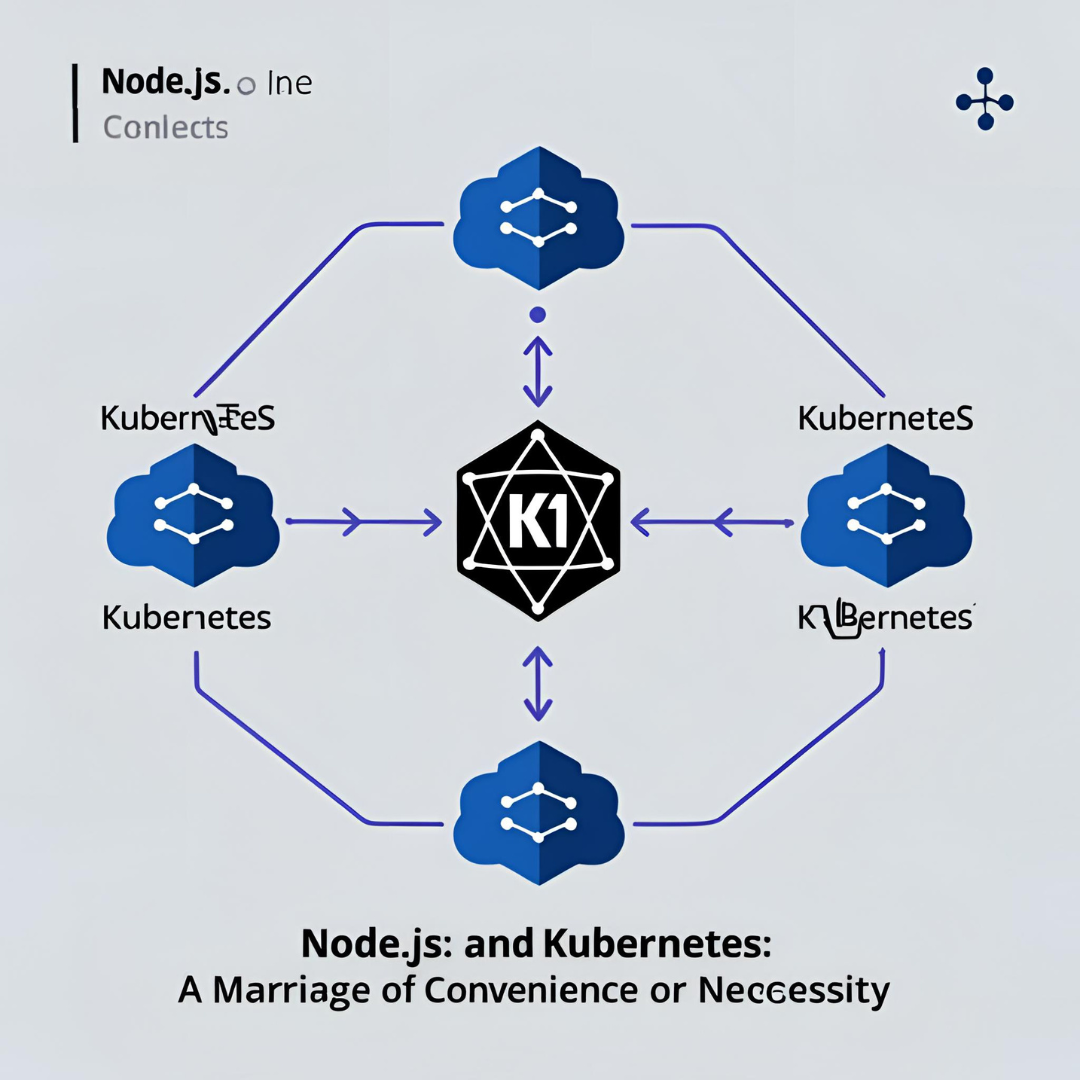
Node.js and Kubernetes: A Marriage of Convenience or Necessity?
Introduction The rise of containerization and orchestration has led many Node.js developers to an existential question: Do I really need Kubernetes for my application? While Kubernetes offers powerful features for container orchestration, it also introduces significant complexity. This post examines when Kubernetes makes sense for Node.js applications and when simpler solutions like PM2 might be…
-
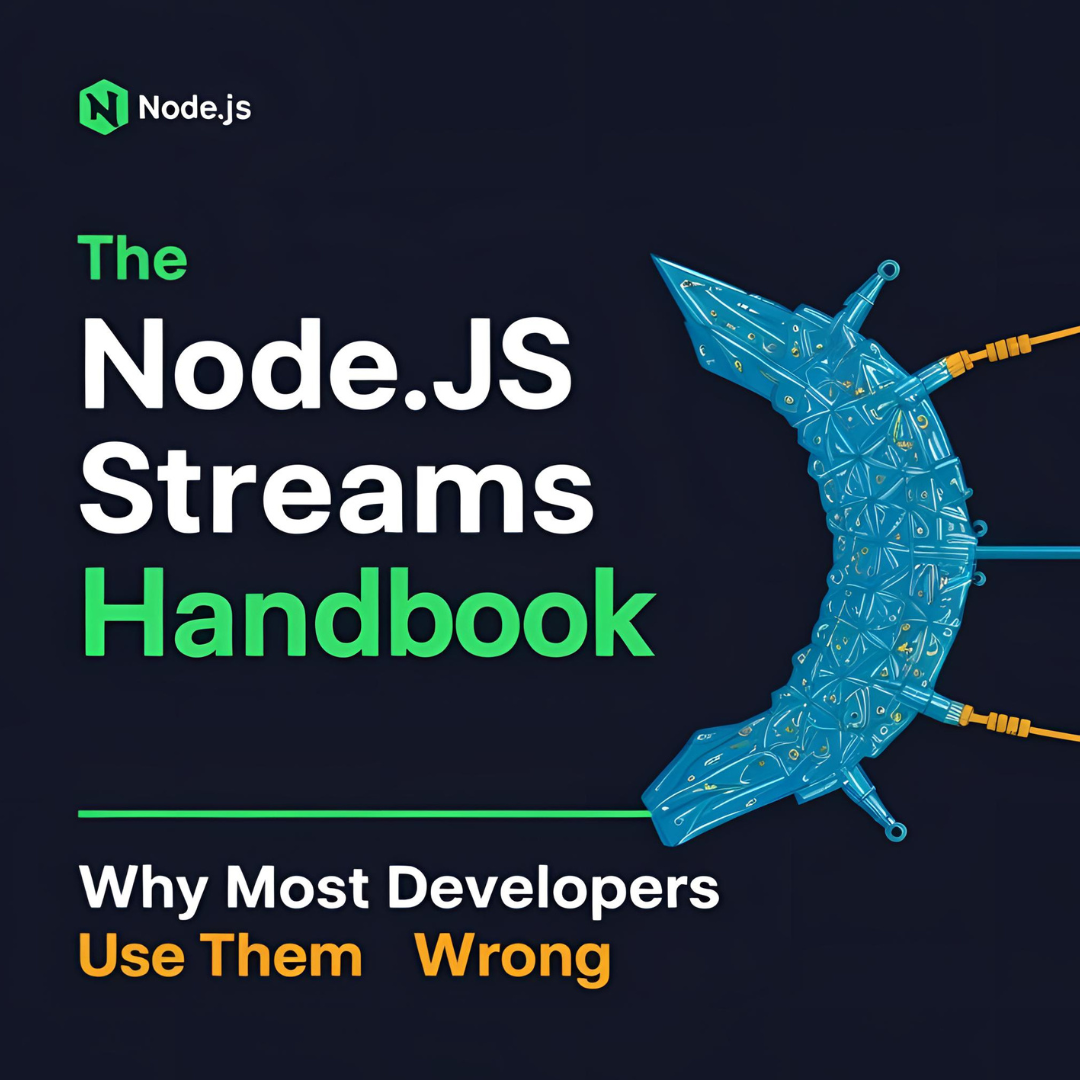
The Node.js Streams Handbook: Why Most Developers Use Them Wrong
Introduction Node.js streams provide an elegant solution to efficiently process data, especially when dealing with large datasets. However, many developers fail to implement them correctly, leading to memory leaks, poor performance, and unpredictable behavior in production. This guide will help you understand how streams actually work, focusing on three critical aspects that are commonly misunderstood:…
-
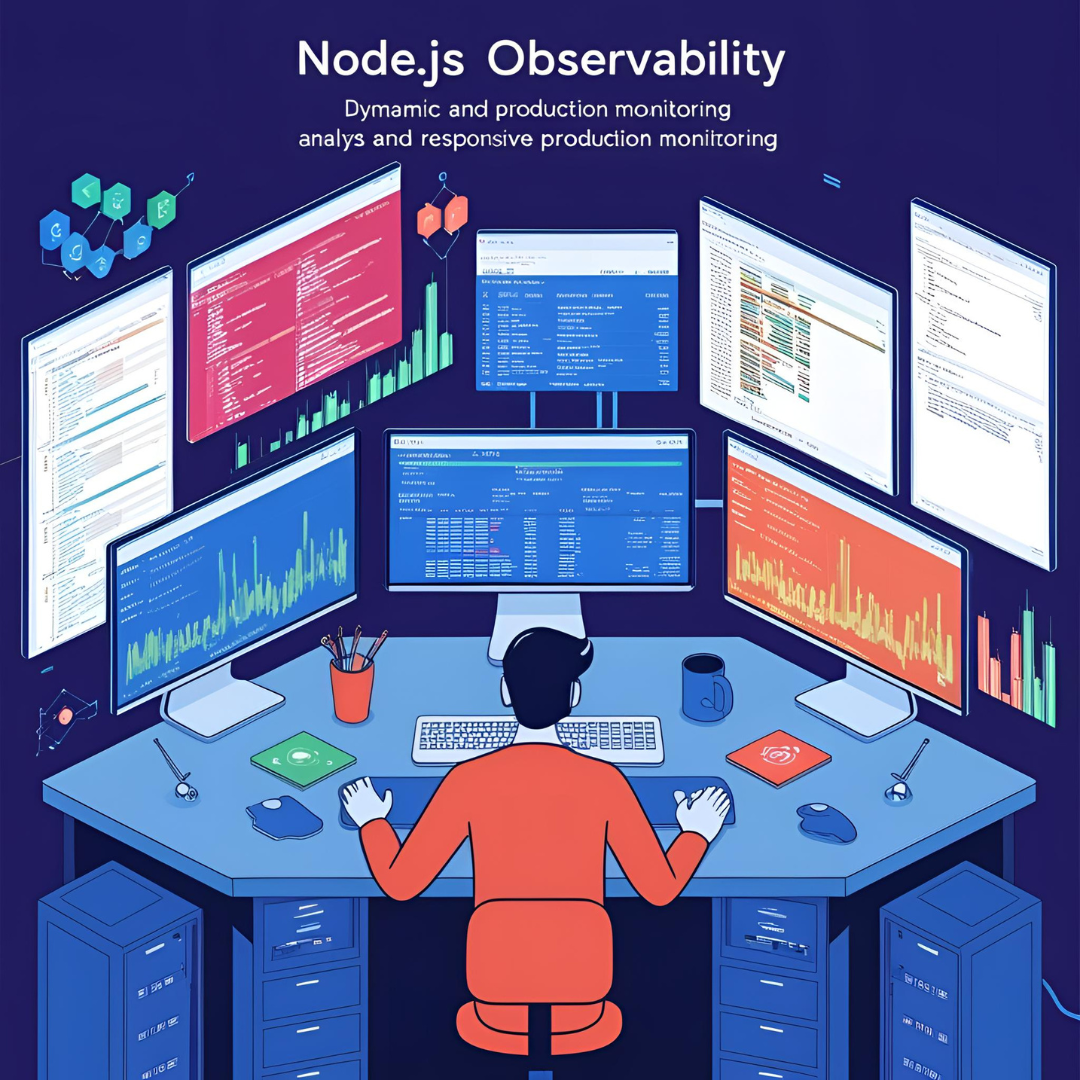
Node.js Observability: Going Beyond console.log() in Production
Distributed Tracing, Custom Metrics, and Correlating Logs Across Services In the early days of our Node.js application, debugging was simple. We’d sprinkle some console.log() statements, watch the terminal output, and quickly identify issues. Fast forward to today, and our once-simple application has evolved into a complex distributed system with dozens of microservices, each producing its…
-
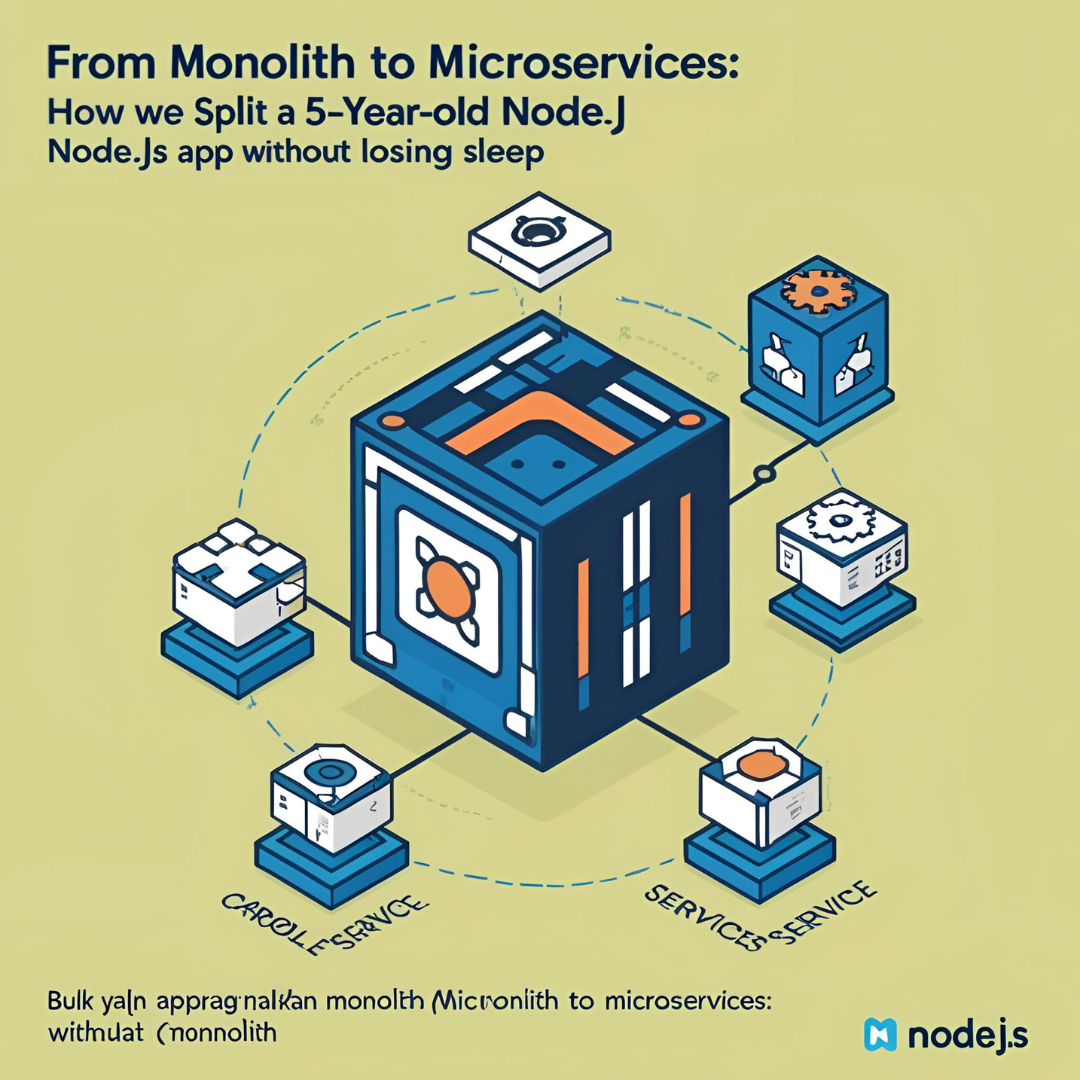
From Monolith to Microservices: How We Split a 5-Year-Old Node.js App Without Losing Sleep
Domain-Driven Design, Contract Testing, and the Strangler Pattern When our startup hit hypergrowth, our once-elegant monolithic Node.js application started showing signs of strain. The codebase that had served us well for five years was becoming increasingly difficult to maintain, scale, and deploy. Feature development slowed to a crawl, and each deployment became a nerve-wracking event.…
-

The Art of Writing Maintainable Node.js Code (When You’re Not the Only Developer)
Custom ESLint Rules, Architectural Decision Records, and Module Boundaries Writing code that works today is one challenge; writing code that remains maintainable for years is another challenge entirely. This becomes especially important when working in teams where developers with different backgrounds, preferences, and experience levels collaborate on the same codebase. In this post, I’ll share…
-
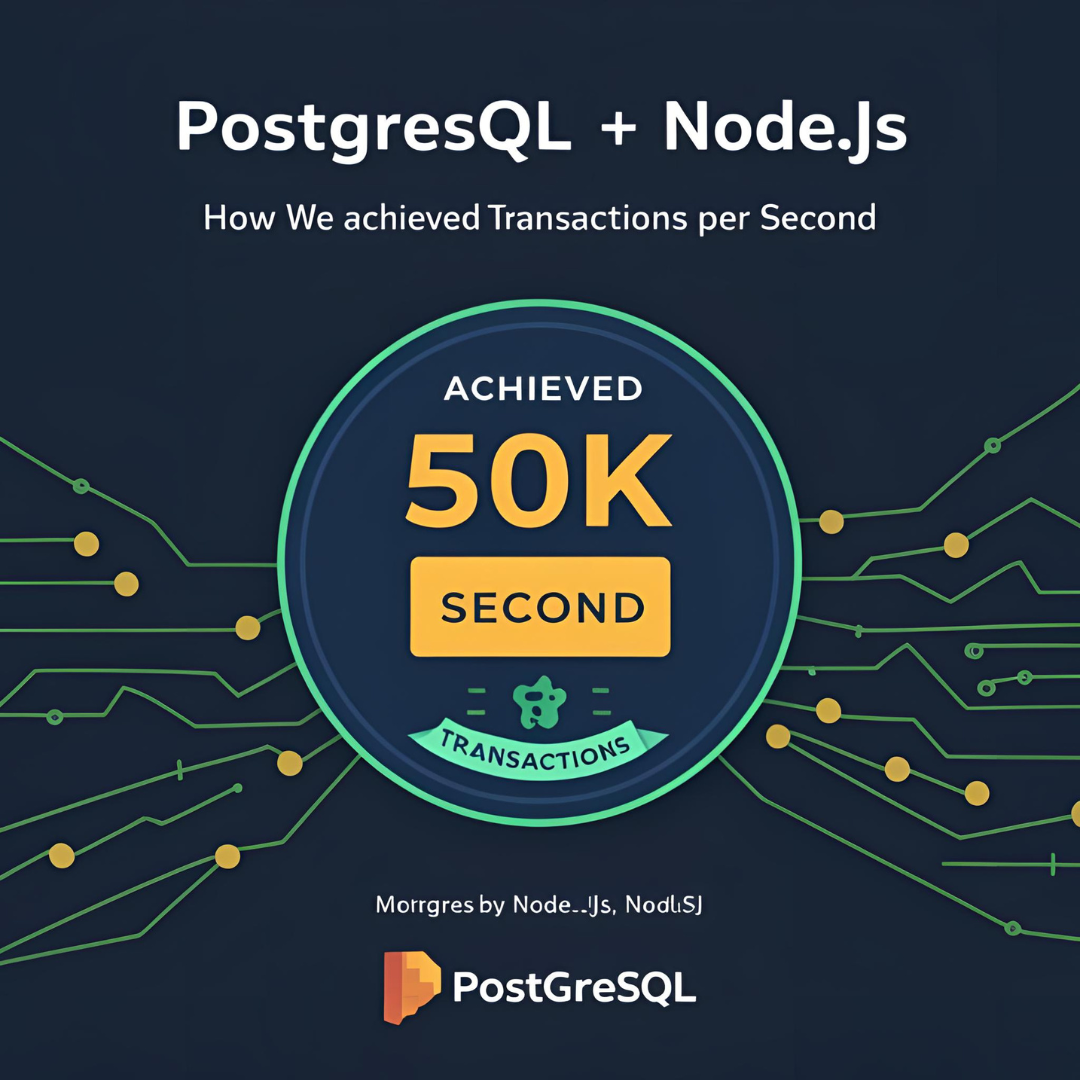
PostgreSQL + Node.js: How We Achieved 50K Transactions per Second
Connection Pooling, Write-Ahead Log Tuning, and Avoiding N+1 Queries When we started building our real-time analytics platform, performance was a critical requirement. Our customers needed to process tens of thousands of events per second without losing data or introducing latency. After months of optimization, we finally reached our goal of 50,000 transactions per second using…
-

Node.js Security Beyond Just helmet() and express-validator
When building modern web applications with Node.js, libraries like helmet() and express-validator are often the first line of defense. They’re easy to integrate and do a great job of covering basic HTTP headers and request validation. But in today’s threat landscape, that’s no longer enough. If you’re applying for backend roles—especially in the US tech…
-

The Hard Truth About Serverless Node.js: Cold Starts, Vendor Lock-in, and Hidden Costs
A Senior Developer’s Cost/Benefit Analysis Introduction Serverless Node.js is often sold as the “future of scalable backend development”—but after migrating 12 production workloads to AWS Lambda, Google Cloud Functions, and Azure Functions, I’ve uncovered brutal truths that most vendors won’t tell you. Here’s a no-BS breakdown of:✅ When serverless actually makes sense❌ When it becomes…
-

Node.js and the 12-Factor App: Where Most Teams Fail (and How to Do It Right)
A practical guide to configuration management, stateless processes, and logging in distributed Node.js systems Introduction The 12-Factor App methodology has become the gold standard for building scalable, maintainable cloud applications. Created by Heroku’s founders, these principles help developers build applications that are ready for modern deployment environments. While Node.js is theoretically well-suited for this approach,…
-
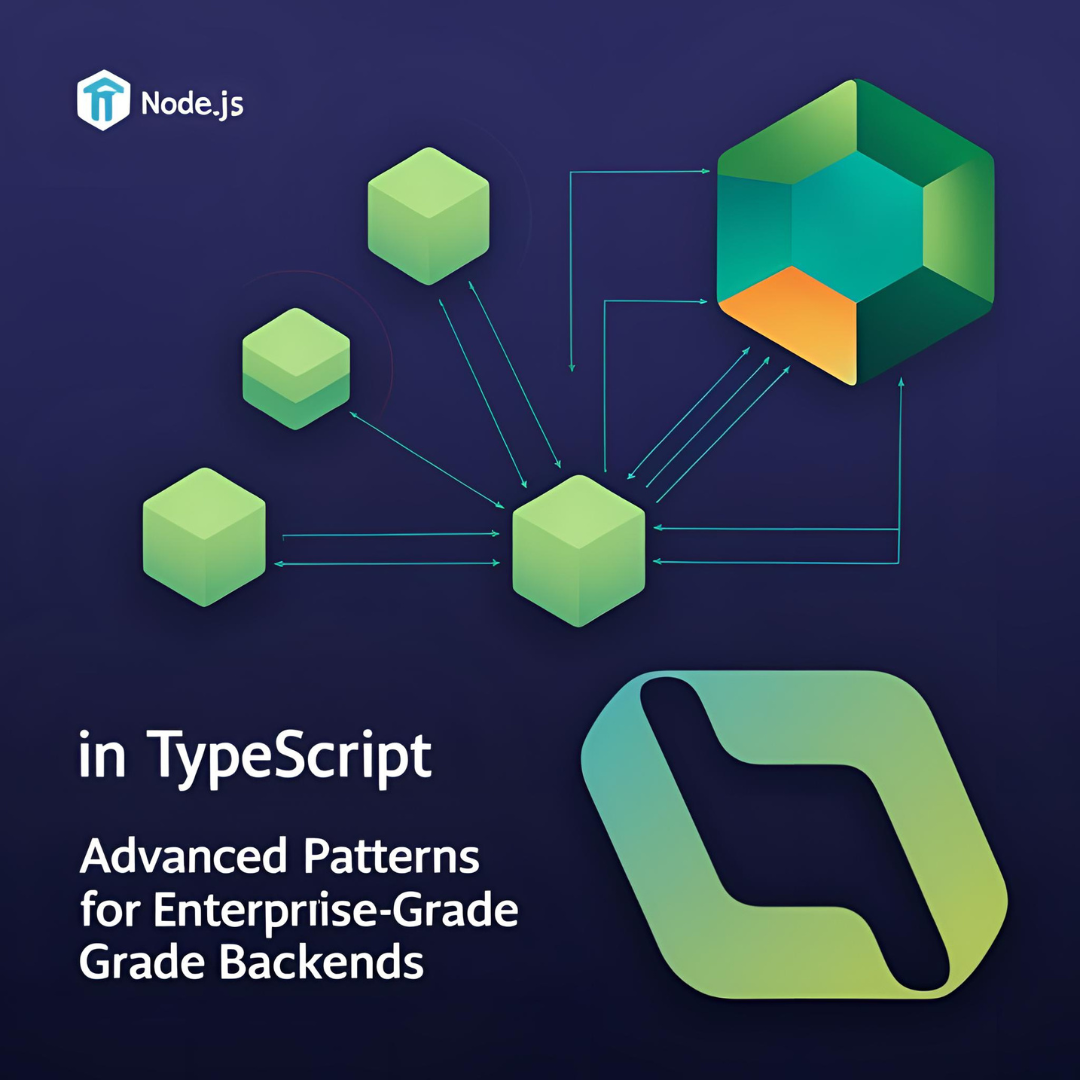
TypeScript in Node.js: Advanced Patterns for Enterprise-Grade Backends
Leveraging dependency injection, custom decorators, and strict event typing to build robust, maintainable Node.js applications Introduction TypeScript has transformed the Node.js ecosystem, bringing static typing and enhanced developer tooling to JavaScript’s server-side runtime. While many teams have adopted TypeScript for its basic benefits, fewer have explored the advanced patterns that can dramatically improve the architecture…
